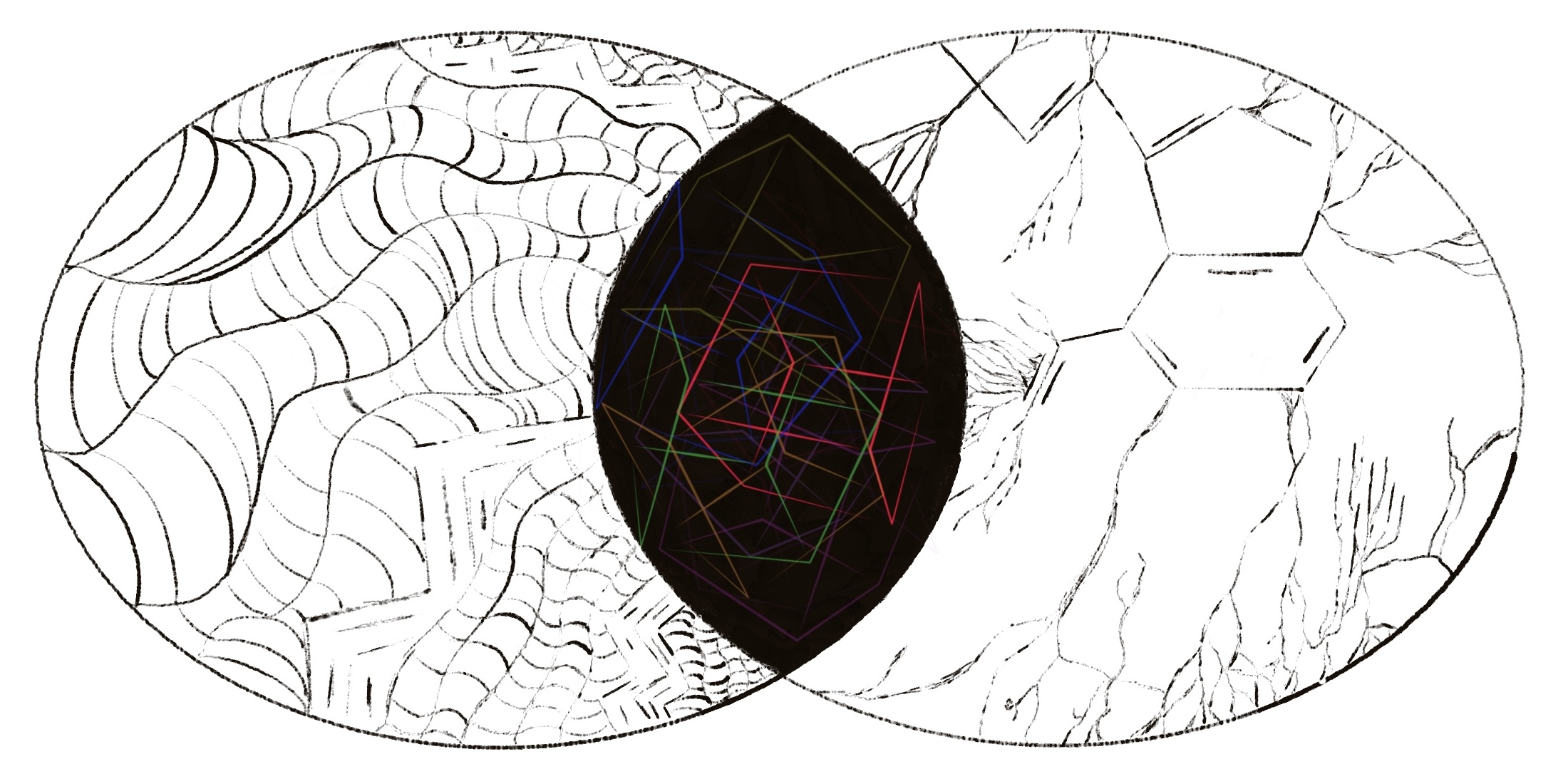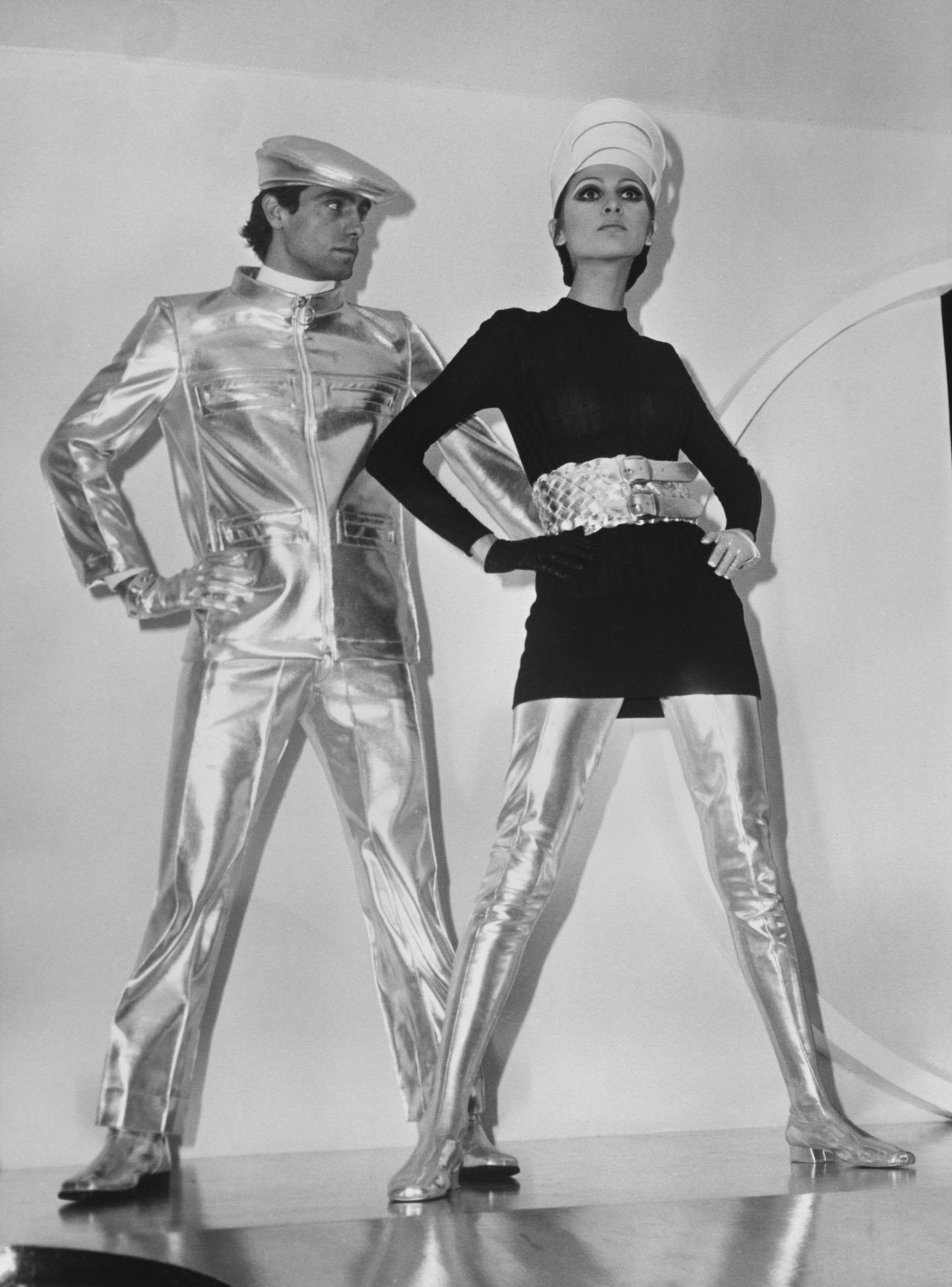There is a distinct, yet overlooked, connection between the fields of science and the art of fashion. The topics addressed go from light and colour perception affecting our emotions through our central nervous system, specifically how red affects arousal. The exploration of fabrics and how dyes implicate our health from a toxicologic point of view. An in-depth analysis of the most common textiles (cotton, silk, and polyester) and their chemical characteristics. The advancement of science in the first and second generations of nanotechnology and their incision in clothing and early ’60s aesthetic trend, the Space-Age fashion, came from aerospace competition during the Cold War.

Fashion since ancient times has always been a psychological feature of the evolution of society. The rating of people about clothing is a key factor in comprehending the sociological and scientific meaning of clothing choices, from people’s form of expression to creating different status groups, and their interest in such distinct lifestyles.
The symbolic relationship between these two pillars of society extends from biological principles to laws of physics and runaway shows to the creativity of stylists. The interconnection between both domains should be more appreciated as it is essential to unlock the full potential of both these fields and improve collective growth.
The Science of Colours
We perceive light because of the dynamic between the external environment with our internal sensory apparatus, specifically with our central nervous system. Humans having the capacity to perceive light colour, through specific and specialized sensorial neurons in our eyes, and a subjective impression of shape, size, and motion shows a big relation between psychology and physiology.
This visual and subjective perception of the world, through colour, leads reports to affirm that red colour, for example, possesses arousing qualities by human convention, being exemplified by iconic pieces such as Prada’s campaign for Qixi festival and Versace’s limited-edition accessory called “All Love is Love”. Both these creations, exceptionally incorporate red, which is associated with Valentine’s Day, drawing upon their resemblance to love, sexuality, and arousal.

image via Prada
The profound impact of colour on human life is further exemplified by no surprise by many stylists worldwide, for many centuries. These fashion visionaries emphasize their ideas and opinions to the globe through colours. A compelling illustrator is Ottavio Missoni, a stylist born in Croatia on 11th of February 1921, his approach was a harmonious blend of colours through waves, straps, and zigzags, that managed to bring timeless classics of design. Today, the Missoni is a luxurious global brand, transcending all age groups who continue Octavio’s legacy of colour.
The fabrics that build the fashion
As previously mentioned, Ottavio Missoni created beautiful masterpieces with exquisite watercolours. However, it was Rosita Missoni, with her ingenuity who created the fabrics and built them into an easy-to-wear type artwork (but how?). The textile industry, distinctive when it comes to standards, relies heavily on aesthetic criteria, so it faces the unique challenge of shaping the fabrics to fit perfectly in the human body, through elongation, stretch, overall stability, colour fastness, and physical-chemical properties of the materials. Most commonly the textiles used are cotton, silk, and polyester, each one having a specific characteristic.
Cotton is made mostly from cellulose, nearly 90%, being a homopolysaccharide (polymers of glucose) giving it a sturdiness, and being the constituent of most plants. Silk is a natural polymer, composed of about 18 different amino acids, formed from various insects and arachnoids, being composed of two proteins, one hydrophilic, called sericin involves the other protein, the hydrophobic one, fibroin. Polyester is a class of synthetic polymers formed from multiple repetitions of the same reaction in the field of organic chemistry, the condensation reaction between organic alcohol and carboxylic acid groups, these two groups react forming an ester linkage.
Dyes and pigments
Notably, there are many natural-coloured silks, but unfortunately, just like the synthetic manufactured in the late 19th century, most of these are not stable after industrial processing or home washing, so, recently, it has spurred high demand for scientific studies into dyes and pigments, which are stable, environmentally green, and non-toxic). Toxicologic tests have been exhaustively made so that we can better understand what chemicals and in what concentration they need to be to present possible acute or chronic toxicity since most textile dyes are potentially carcinogenic and tend to bioaccumulate on soils, plants, and animals at the top of the food chain.
One such incredible innovation has been focused on a study that could use the Camphor tree (Cinnamomum camphora), belonging to the Lauraceae family, native to India, China and South Korea, which was initially used for medicinal purposes, may serve now as dye and fibre from its fallen leaves as a natural colourant, which promotes eco-friendly and antibacterial wool fibres for textile sectors.
Nanotechnology
A Nanotechnological approach is where in a world with high demand for clothing, it is necessary to give the customers durable, innovative, and functional manufactured textiles, the nanomaterials.
Nanomaterials can offer properties to clothing that would never be achieved by conventional materials, such as static elimination, ultraviolet resistance, wrinkle-freeness, and antimicrobial, being one of the most appealing properties of these materials to be applied by companies. The first generation also called passive generation of nanomaterials are those which do not change their properties when exposed to exterior stimuli, like cotton covered with a silver nanoparticle layer which would offer anti-microbial properties. Second-generation or active-generation nanomaterials are those textiles that respond to stimuli from an external environment, this includes thermochromic textiles that change colour depending on the temperature it is exposed to.
The work in the field of nanotechnology offers a new library of possibilities for clothing and subsequently fashion that would never be thought achievable.
Space inspired Fashion
Firstly, assuming that the notion of our Universe is something that we share is the main concept that connects us all. This logic creates a better outcome, where designers and scientists might be able to come into an artistic approach with a scientific background, being approached between CERN (European Organization of Nuclear Research) and HEAD, an Austrian-American sports equipment company.
The space age traces back to the launch of the first satellite to orbit Earth, sputnik 1, by the USSR, on October 14, 1957, during the Cold War. This geopolitical conflict between the two superpowers, the USA and the USSR of the late 20th century triggered a quick rise in space and universe interest and, with that, the aesthetic. The space-age aesthetic is primarily defined by white and silver metallic colours, contemporary design elements like futuristic flying sauce, innovative patterns like totems, and incorporation of cutting-edge technologies, 3D for example, as represented by the father of space-age design, Pierre Cardin, in his work in 1968 at the Paris Fashion Week.

image via CNN
Six decades after this event, it resurged what people called the “Space Age style 2.0”, in Milan Fashion Week 2022, to bring back the memorable galactic experience as it once was by Dolce & Gabanna, Moschino, Fendi, and Gucci. The impact of space-age fashion had huge feedback on the latest generation like SpaceX and Boeing suits, however, unlike the original space age, the contemporary iteration is accompanied by Elon Musk who overviews the space race expansion.
It makes us infer that fashion and science are both a dynamic synergy that transcends traditional boundaries, contrary to conventional thought. It becomes evident, from closer examination, that for the advancement of fashion, we need more investment in the science field.
words. João André da Silva Guerreiro













